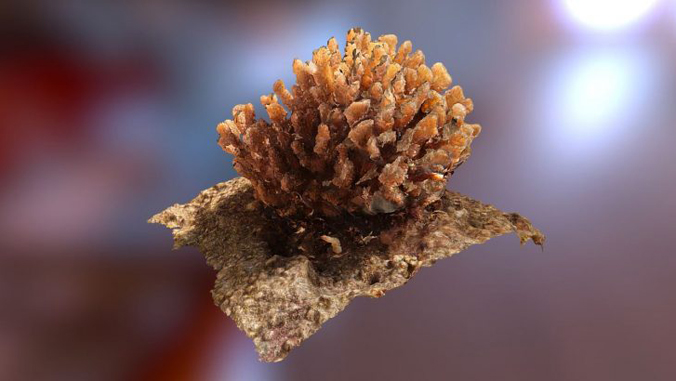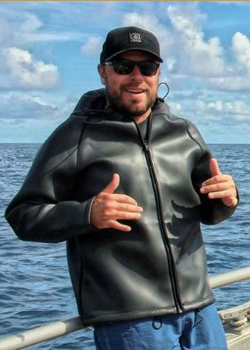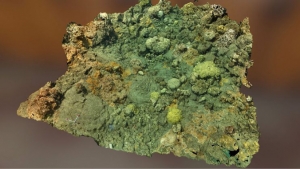
3D imaging is a better way to track coral reefs, according to University of Hawaiʻi at Hilo researchers. John H.R. Burns, a UH Hilo assistant professor of marine science, has developed a research program that enhances coral reef research by converting 2D images into 3D reconstructions of reef habitats, using a technique called structure-from-motion photogrammetry.

Burns and Brianna Craig, an undergraduate in the marine science department at UH Hilo, discuss 3D imaging in a research article published this year in the Journal of Marine Science and Engineering. The article, “Integrating Three-Dimensional Benthic Habitat Characterization Techniques into Ecological Monitoring of Coral Reefs,” demonstrates the effectiveness of incorporating 3D reconstructions of the benthic (sea floor) habitat into the ecological monitoring of coral reefs.
“2D measurement allows you to characterize coral reefs, but what it doesn’t tell you is how the ecosystem is shifting in terms of its functionality based on changes occurring to the physical structure of the habitat,” said Burns. “That’s because corals are ecosystem engineers, like trees. The 3D architecture provided by the living corals creates dynamic habitat that supports incredibly high levels of abundance and diversity of associated reef organisms.”
For decades, marine scientists have been conducting survey dives to monitor the health of coral reefs. Information gathered during these surveys is vital for documenting coral community characteristics and monitoring phenomena such as bleaching events, that occur when the ocean water warms up.

”So you take a 2D image with measurements, and calculate this year’s coral cover and diversity,“ said Burns. “But that information only provides a limited analysis and cannot detect changes in the structural complexity of the reef habitat. To get the bigger picture, you need to look at the 3D structure of the reef.”
Traditional methods for surveying coral reef structures and habitats are labor and time intensive. Scientists explore underwater habitats with heavy equipment while taking measurements of coral structures in situ. Burns decided to apply structure-from-motion photogrammetry as a way to leverage these existing labor-intensive surveying methods, and to extract even more information from them.
Burns’ 3D reconstructions provide a better way to track changes occurring over time, because they are not static like traditional pencil-and-paper data collection.
To read the full story see UH Hilo Stories.
–Written by Leah Sherwood, a graduate student in the tropical conservation biology and environmental science program at UH Hilo.

